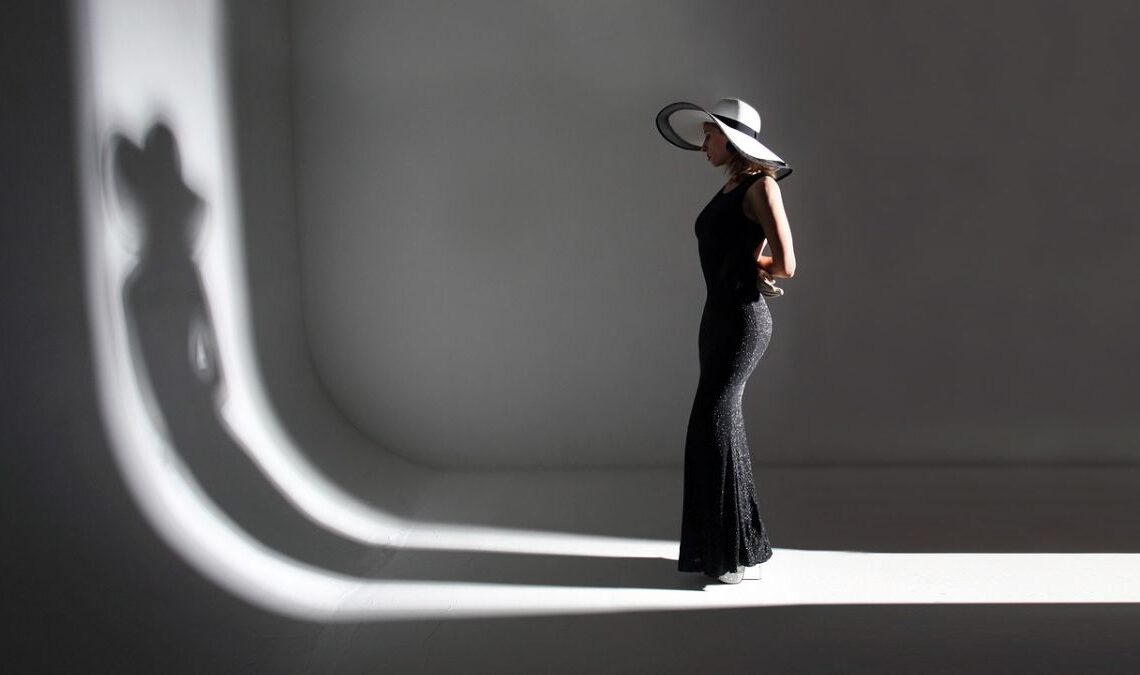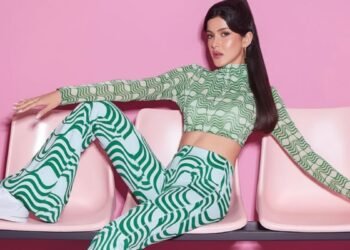Throughout history, art and fashion have constantly influenced one another. Artistic styles and movements have served as inspiration for fashion designers, leading to new trends and looks based on the aesthetics of various art genres.
In turn, fashion has depicted and responded to different art movements, with clothing often reflecting what was happening in the art world at the time. This interplay between art and fashion continues today, as designers still draw on major art movements to shape their collections and styles.
Impressionism’s Soft Focus
One major art movement that has impacted fashion is Impressionism. Emerging in France in the 1860s, Impressionist painters like Monet and Renoir created scenes that focused on fleeting moments and used loose, broken brushstrokes to capture the essence and light of a scene.
This resulted in a soft, blurred look. The Impressionist style has influenced fashion designers to incorporate softer silhouettes, pastel colours, and whimsical floral prints into their clothing.
What is Impressionism art? Impressionist art is about capturing the feeling and mood of a scene using swift, visible brushstrokes and light colours rather than focusing on realistic portrayal. This ephemeral, romantic quality has inspired many fashion collections.
Claude Monet’s hazy water lily paintings have been cited as inspiration for diaphanous gowns and dresses reminiscent of water droplets. Renoir’s leisurely boating scenes have led to relaxed, floaty womenswear perfect for sunny days.
Cubism’s Abstract Shapes
Another important 20th-century art movement was Cubism, founded by Picasso and Braque. Cubist paintings rejected Renaissance perspective and realistic depictions, instead using geometric shapes and abstract forms to depict subjects in a new way.
Cubist artists would paint subjects from multiple viewpoints at once, fragmenting and reassembling them on the canvas.
The Cubist emphasis on geometric shapes and abstract patterns has inspired many fashion designers. Mondrian-inspired shift dresses feature Cubist blocks of primary colours and lines. Picasso’s Cubist art has also influenced handbag shapes and patterns.
The fracturing and distortion of form in Cubism has been translated into asymmetric dresses, tops, and skirts that play with shape and perspective. Cubist experimentation with volume can be seen in sculptural sleeves and coats with angular shoulders or cubed forms. The Cubist breakdown and reconstruction of form has led to fashion featuring more experimental cuts, shapes and prints.
Pop Art’s Bold Graphics
Pop Art emerged in 1950s Britain and America, with Andy Warhol’s iconic screenprints of Marilyn Monroe and Campbell’s soup cans epitomising the movement. Pop Art reacted against abstract expressionism by instead celebrating pop culture, consumerism and the mundane. Pop Artists used bright colours and bold, flat graphics to depict consumer goods and celebrities in a new, kitschy way.
Pop Art has brought major graphic elements into fashion. Roy Lichtenstein’s Ben-Day dot patterns now feature on prints. Warhol’s screenprinting technique has been used to create graphic tees referencing pop culture. The Pop Art aesthetic of bold colours and prints from advertising and comic books continues to influence fashion. Pop Art garments also reflect the movement’s interest in fame, glamour and consumer culture.
Minimalism’s Simple Elegance
More recently, the Minimalism movement in visual arts and music has impacted fashion. Minimalist artists focused on simplicity, stripping away complexities to reveal the essence of forms and subjects. Minimalist art uses pared-down design elements like geometric shapes, neutral colours and blank space to create serene, meditative works.
This Minimalist aesthetic translated into clean, elegant fashion with simple lines and a muted palette of colours. Designers like Calvin Klein and Jil Sander embodied Minimalism in fashion through their muted designs and neutral clothing. The Minimalist interest in function and simplicity created a move away from embellishment and towards elegantly straightforward garments.
The Bauhaus and De Stijl Movements
Influential early 20th-century modern art movements like the Bauhaus in Germany and De Stijl in the Netherlands also impacted fashion. Bauhaus textile designs emphasised function along with form in their geometric patterns and economical use of colour and materials. Similarly, De Stijl artists like Mondrian created abstract works dominated by primary colours and straight lines and angles.
This modern, functional aesthetic translated to fashion through asymmetric garments, geometric details, and high-contrast colour blocking. The industrial Bauhaus focus on technology and mass production also enabled Modernist fashion to be manufactured economically for the masses. The Bauhaus rejection of decorative elements led to utilitarian, minimalist clothing shapes devoid of embellishment.
From Impressionism to Pop Art, major art movements have provided inspiration for cutting-edge fashion. By understanding the dominant aesthetics and interests of influential art genres, designers can incorporate these elements into their clothing collections. Fashion continues to mimic and pay homage to impactful art movements of the past and present.
As art evolves and new movements emerge, fashion will undoubtedly continue to both depict and draw inspiration from the art world. The interplay between art and fashion remains integral, with each field constantly influencing the innovations of the other.




